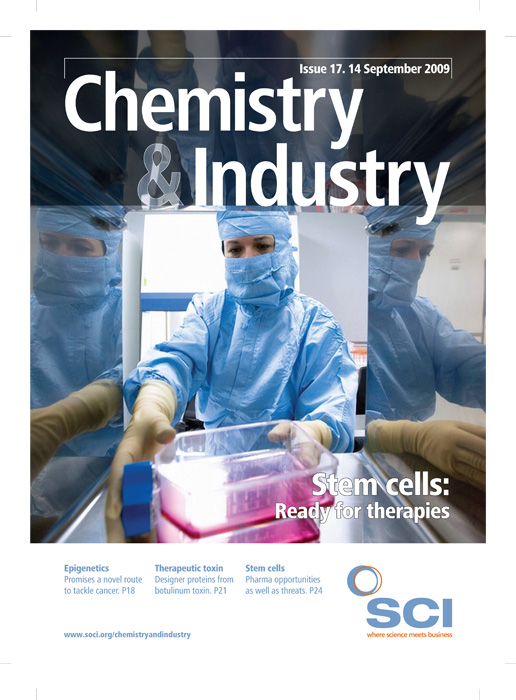Future food crops could be less
dependent on the seasons thanks
to the discovery of a new pathway
controlling the onset of plant
flowering. The finding of this
alternative signaling route, which
is not dependent on the usual
environmental cues such as day
length, sunlight and temperature for
flowering, means that it could one
day be possible to breed new varieties
of plants able to produce fruits
and seeds in normally inauspicious
environments and seasons.
Researchers at the Max Planck
Institute for Developmental Biology
in Germany made the discovery while
studying a variety of common wall
cress called Arabidopsis thaliana.
Their study showed how plant
flowering is triggered by a reduction
in the level of short snippets of RNA
made in the plant’s leaves, which
regulate gene function by binding to
complementary motifs in messenger
RNA to inhibit protein production.
In the absence of external
stimuli, the researchers showed that
levels of a specific microRNA156
declined over time as A. thaliana
grows, eventually resulting in the
production of so-called SPL proteins
in sufficient amounts to trigger
flowering. SPL proteins are among
a group of regulators involved in
the plant flowering process; when
a plant is young, high levels of
microRNA156 inhibit the production
of SPL proteins.
‘One potential significance of our work is that people can shorten
or prolong the vegetative phase
of crops [the period between seed
germination and flowering] by
reducing or increasing the level of
microRNA156,’ according to Jiawei
Wang, one of the Max Planck
researchers involved in the study (Cell,
doi: 10.1016/j.cell.2009.06.014).
This could be important commercially
for farmers and flower growers, as
a longer vegetative plant would
allow the plant to produce more
leaves while a shorter vegetative
time would encourage the plant to
produce flowers and seeds sooner –
something that could be especially
useful for trees, for example, which
typically only flower after several
years’ growth.
The new pathway is an in-built
survival mechanism that always
functions, but only comes to the fore
when the external conditions are
very unfavourable, Wang explains.
‘Flowering is controlled by many
exogenous and endogenous cues.
Usually, exogenous cues, such as
temperature, day length, have a
bigger impact on flowering time. The
microRNA156 pathway ensures that
plants can eventually flower even
without these exogenous cues.’
The group is currently
investigating whether the pathway
is present in commercially important
crops, as microRNA156 and SPL
proteins, along with other implicated
MADs box genes, are found in most
plant species, Wang says. He adds,
however, that it is still too early to say
whether we could grow crops all year
round by exploiting this new pathway
since reducing microRNA156 levels
‘cannot compensate for the loss of
all these exogenous cues’.
Caroline Dean, associate research
director at the John Innes Centre
in Norwich, UK, describes the new
mechanism as ‘of great interest’ as
researchers already understand many
of the environmental factors involved
in flowering. ‘By adding in this
information on how plants eventually
trigger flowering even when conditions
have not become ideal, we get a fuller
picture of the mechanisms controlling
developmental changes in plants. This
knowledge is especially important in
crop plants, as we seek to understand
potential impacts of climate change
on germination and flowering time.’





